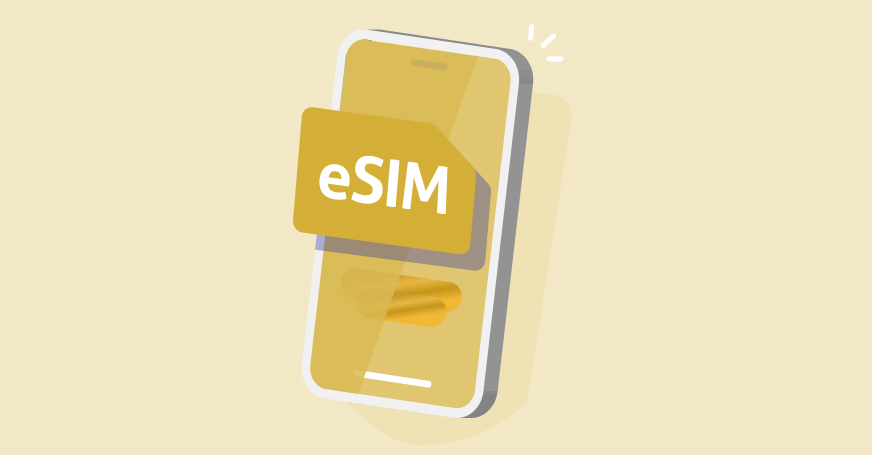Remote work has exploded in recent years, giving people more flexibility than ever. But whether you’re freelancing, working from home, or traveling as a digital nomad, one thing remains non-negotiable: reliable internet. While many stick to home Wi-Fi or postpaid plans, others wonder—is prepaid data really enough to handle remote work?
Let’s explore the benefits, limitations, and practical tips for using prepaid data as your work connection.
Why People Love Prepaid Data
Prepaid data has grown in popularity because of its flexibility. For remote workers, this can be a game-changer. Here’s a quick look at why it appeals to so many professionals:
Want the freedom to work anywhere without worrying about overages?
Built for remote workers who need flexibility, reliability, and total control over their budget.
Check out our 47 Plan
How Much Data Do Remote Tasks Use?
Not all jobs consume data equally. Some people can get by with just a few gigabytes, while others burn through it within days. Below is a breakdown of common remote work activities and their typical data usage.
Light users—like writers, virtual assistants, or managers—can often manage with prepaid. But daily video callers or designers working with large files may struggle.
Pros and Cons of Prepaid Data for Work
Like any service, prepaid data comes with strengths and trade-offs. If you’re considering it for remote work, weigh these carefully:
How to Make Prepaid Data Work
If prepaid is your go-to, smart usage is the key. These simple habits can stretch your plan further and keep your work flowing:
Related: How Much Data Does Streaming Really Use on Mobile vs. Wi-Fi?
Who Should Consider Prepaid Data?
Prepaid isn’t for everyone, but it works perfectly for certain types of workers:
Freelancers and part-timers who don’t need heavy video calls.
Digital nomads who rely on local SIMs when traveling.
Professionals needing a backup when Wi-Fi goes down.
Budget-conscious workers who want control over spending.
Final Thoughts
So, is prepaid data enough for remote work? The answer depends on your needs.
If your job mostly involves emails, writing, chat apps, or light browsing, prepaid is not only enough—it’s often the smarter choice. It’s affordable, portable, and flexible. But if your day is filled with HD video meetings or large file transfers, prepaid probably won’t cut it as your only connection.
Think of prepaid data as a tool: excellent for flexibility, perfect as a backup, and, for many workers, just enough to keep productivity flowing.



.jpg)